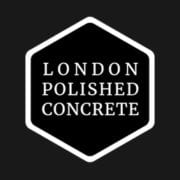Microcement is often referred to as micro concrete or micro cement and has numerous applications where a traditional polished concrete surface can be difficult to install.
With the increasing demand of a seamless, unique and highly attractive surface finish, microcement is becoming a preferred solution. The key features of a microcement finish include:
- Individual – Hand finished wall and floor finishes offering a unique style to your property or installation
- Lightweight – as the systems we use are only 3mm thick, there is no need for major structural requirements to install. It can be installed on the ground floor all the way through to the top floor of a development without the additional weight a 100mm concrete floor would add.
- Flexible – it can be installed on walls, ceilings and floors. It can also be used to create a variety of furniture such as sinks, baths etc.
- Texture – depending on your requirements, there are various levels of texture and finish possible which can be both internal or external
- Waterproof – The systems we use have been used extensively in bathrooms, walk in showers and even swimming pools
To get a better feel for our microcement solutions, why not drop us a line to arrange a time to take a look at our samples?
To contact us click here!






